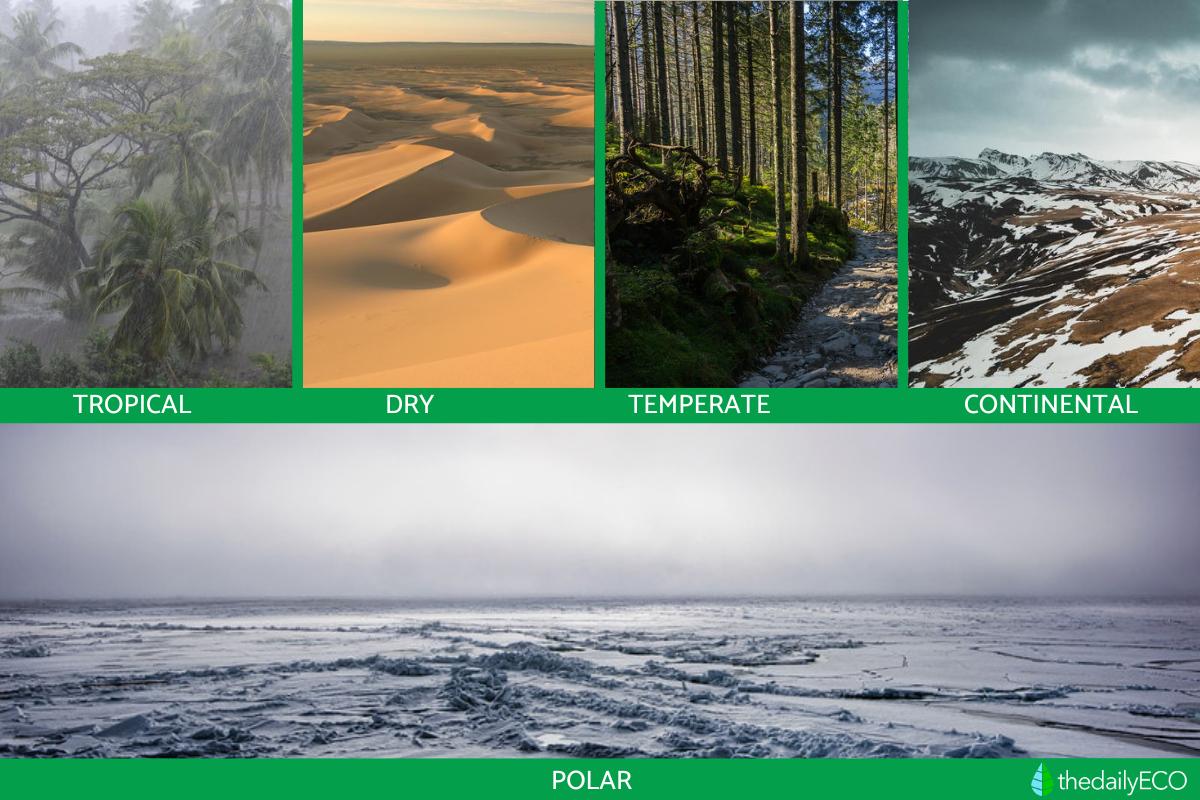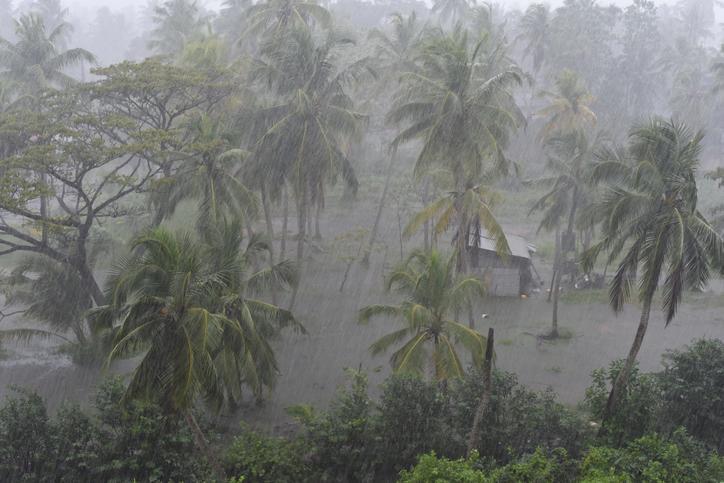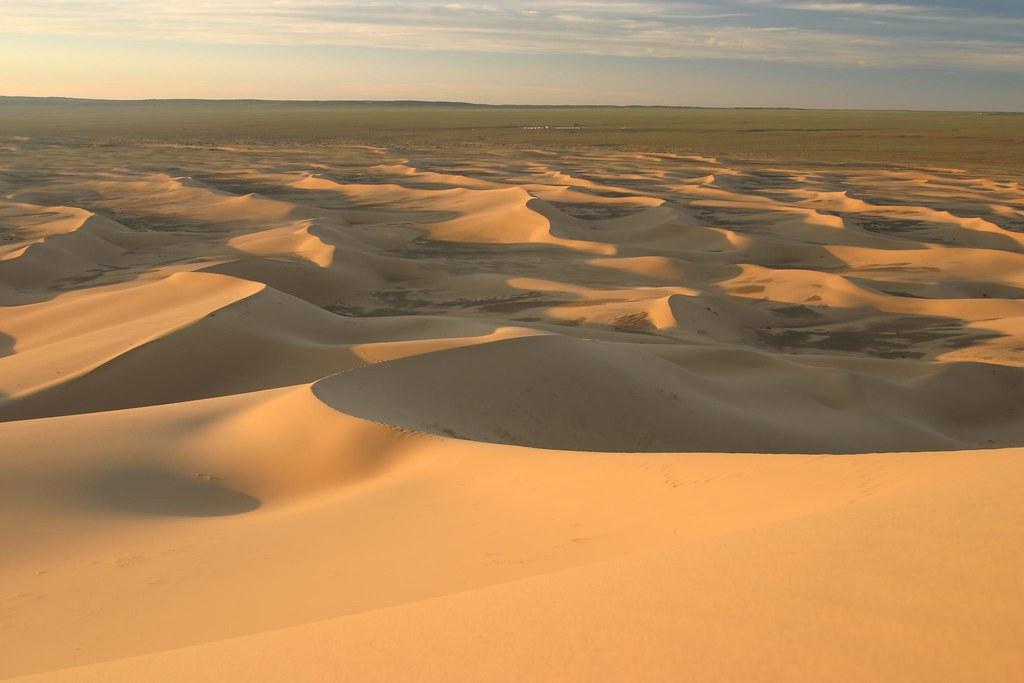Types of Climate - Definition and Classification


Climate refers to the long-term weather patterns of a particular region or area. It is determined by a variety of factors, including latitude, elevation, topography, ocean currents, and atmospheric circulation. Climate plays an important role in shaping the natural environment, including the types of plants and animals that can survive in a given area.
The following article from thedailyECO explains what the term climate means and what the different groups or types of climate are.
What is climate?
The term climate refers to the long-term patterns of temperature, humidity, wind, precipitation, and other atmospheric conditions in a particular region or area of the world. It is the average weather conditions of a place over a long period of time, usually 30 years or more. Climate is influenced by a variety of factors, including latitude, altitude, ocean currents, and atmospheric circulation patterns.
Climate plays an important role in shaping the natural environment, including the types of plants and animals that can survive in a given area. Changes in climate can have far-reaching effects on ecosystems, agriculture, human health, and the economy. Climate change, largely caused by human activities such as the burning of fossil fuels and deforestation, is a major environmental issue of global concern.
Are climate and weather the same?
The terms climate and weather are often confused. But climate and weather are not the same.
Weather refers to the atmospheric conditions in a particular place at a particular time, such as temperature, humidity, precipitation, wind, and barometric pressure. Weather conditions can change rapidly and are usually measured over short periods of time, such as hours or days.
Climate, on the other hand, refers to the long-term patterns and averages of weather conditions in a particular region over a period of several decades or more.
The difference between weather and climate can be summarized as follows: weather describes short-term atmospheric conditions, while climate describes long-term patterns and averages of weather conditions in a selected region.

Climate classification
Climate classification is the process of categorizing different regions of the world based on their long-term weather patterns and climatic characteristics. There are several climate classification systems that have been developed over time, but the most widely used system is the Köppen climate classification system.
The Köppen climate classification system was developed by German climatologist Wladimir Köppen in the early 20th century. The system divides the world into five main climate groups: tropical, dry, temperate, continental, and polar. These main groups are then subdivided into more specific climate types based on factors such as temperature, precipitation, and vegetation.
Climate classification systems are useful for studying and understanding the different climatic conditions around the world and for predicting how the climate might change in the future. In the following sections we will take a closer look at the different main climatic groups that exist according to this classification system, their main characteristics and their subdivisions.

Tropical climate
Tropical climate refers to a type of climate typically found in regions near the Earth's equator, between about 23.5 degrees north and south of the equator. This type of climate is characterized by high temperatures and high humidity throughout the year, and is often characterized by heavy rainfall.
In the Köppen climate classification, tropical climates are classified as group "A" and divided into three different subtypes, namely:
- Tropical rainforest climate (Af): is characterized by high temperatures (usually between 25 and 27 degrees Celsius), high humidity, and heavy rainfall throughout the year.
- Tropical savanna climate (Aw): is characterized by high temperatures (usually between 25 and 30 degrees Celsius), high humidity, and distinct wet and dry seasons.
- Tropical monsoon climate (Am): the tropical monsoon climate is the intermediate climate between the humid Af (or tropical rainforest climate) and the drier Aw (or tropical savanna climate).
Tropical climates are important for biodiversity because they are home to a variety of plant and animal species adapted to the warm and humid conditions. However, they are also prone to extreme weather events such as hurricanes and typhoons and are vulnerable to the effects of climate change.
Do not miss this other article where we explain what jungle ecosystems are.

Dry climate
Dry climate is a type of climate characterized by low precipitation and limited vegetation cover. In the Köppen climate classification, dry climates are referred to as the "B" group and are divided into two main groups:
- Desert climates (BW): this climate is characterized by very low precipitation, typically less than 250 mm per year, and high temperatures.
- Steppe climate (BS): this climate is characterized by low rainfall, typically between 250 mm and 500 mm per year, and moderate temperatures.
In both desert and steppe climates, the lack of precipitation limits plant growth, and vegetation is typically sparse and adapted to drought. Animals in these regions are also adapted to the dry climate. Many species have special adaptations to conserve water.
Dry climates vulnerable to climate change, as increased temperatures and changing precipitation patterns can lead to desertification and land degradation.

Temperate climate
Temperate climates are a type of climate characterized by moderate temperatures and precipitation. In the Köppen climate classification, temperate climates are referred to as the "C" group.
Temperate climates are typically found in regions that lie between the tropics and the polar regions, in both the northern and southern hemispheres. They are often associated with four distinct seasons: spring, summer, fall, and winter, with each season having its own temperature and precipitation patterns.
The main types of temperate climates are:
- Humid Subtropical Climate (Cfa): characterized by hot, humid summers and mild winters with occasional frosts. Precipitation is relatively evenly distributed throughout the year, but may peak during the summer months.
- Temperate oceanic climate (Cfb): characterized by mild, wet winters and cool, dry summers. Precipitation is relatively evenly distributed throughout the year.
- Subpolar oceanic climate (Cfc): characterized by a temperate climate with cool summers and mild winters, as well as high humidity and rainfall throughout the year.
- Monsoon-influenced humid subtropical climate (Cwa): characterized by a temperate climate with a dry winter season and hot, humid summers.
- Subtropical highland climate (Cwb): characterized by a temperate climate with a dry winter season and mild to hot summers.
- Cold subtropical highland climate (Cwc): characterized by a temperate climate with dry summers and mild, wet winters.
- Mediterranean climate (Cs): characterized by mild, wet winters and hot, dry summers. The precipitation is concentrated in the winter months, while summers are typically dry.
Temperate climates are important for agriculture because they provide favorable conditions for growing crops such as wheat, corn, and fruit. They are also essential for human settlement, as many of the world's largest cities are located in temperate regions.
They can also be vulnerable to extreme weather events such as heat waves, droughts and floods, which could become more frequent and severe with climate change.

Continental climate
Continental climates are characterized by large seasonal temperature differences and relatively low precipitation throughout the year. These climates are typically found in the mid-latitudes, away from the moderating influence of the oceans.
The main types of continental climate are:
- Hot-summer humid continental climate (Dfa, Dfb): this climate is characterized by hot and warm, humid summers and cold, snowy winters.
- Humid continental climate (Dwa, Dwb): this type of climate has a pronounced summer precipitation maximum and a cold, dry winter dominated by continental polar air flowing from the nearby Siberian anticyclone.
In general, continental climates are characterized by large daily and seasonal temperature variations, low humidity, and low precipitation. Vegetation in these regions typically consists of forests, grasslands, and tundra, depending on latitude and elevation.
Do not miss this other article where we explain different types of forests.

Polar climate
Polar climate is a type of climate characterized by extremely cold temperatures, low precipitation, and strong winds. The polar climate is found near the Earth's poles, where the average temperature rarely rises above freezing.
In the Arctic, which is located around the North Pole, the polar climate is also known as the Arctic climate. In this climate, temperatures can range from -22°F to 50°F (-30°C to 10°C) in the warmest summer months and drop as low as -76°F (-60°C) in winter. Precipitation is generally low and falls mostly as snow. Winds can be very strong and often cause snowstorms.
In Antarctica, which is located around the South Pole, the polar climate is also known as the Antarctic climate. Temperatures in Antarctica are even colder than in the Arctic. Average temperatures range from -20°C to -60°C (-4°F to -76°F). Precipitation is also low in Antarctica, falling mostly as snow, and winds can be very strong.
The polar climate is a harsh environment in which life struggles to thrive, but it is home to a range of animals such as polar bears, penguins, and Arctic foxes, as well as a variety of plants and microorganisms.
You might be interested in this other article where we explain what sea ice is, definition, formation, and examples.

If you want to read similar articles to Types of Climate - Definition and Classification, we recommend you visit our Facts about Earth and the universe category.
- Cuadrat JM, Pita MF (2018). Climatology . Madrid. Chair Editions.
- Aguilera Arilla MJ, Borderías Uribeondo MP, González Yanci MP, Santos Preciado JM (2019). General Geography I. Physical Geography . Madrid. National University of Distance Education (UNED).












